Traditional African masks play an important role in certain traditional African rituals and ceremonies.
Masks serve an important role in rituals or ceremonies with varied purposes like ensuring a good harvest, addressing tribal needs in times of peace or war, or conveying spiritual presences in initiation rituals or burial ceremonies. Some masks represent the spirits of deceased ancestors. Others symbolize totem animals, creatures important to a certain family or group. In some cultures, like the Kuba culture of Zaire, masks represent specific figures in tribal mythology, like a king or a rival to the ruler. The wearer of the mask is often believed to be able to communicate to the being symbolized by it or to be possessed by who or what the mask represents.
In most traditional African cultures, the person who wears a ritual mask conceptually loses his or her human life and turns into the spirit represented by the mask itself. This transformation of the mask wearer into a spirit usually relies on other practices, such as specific types of music and dance, or ritual costumes that contribute to the shedding of the mask wearer’s human identity. The mask wearer thus becomes a sort of medium that allows for a dialogue between the community and the spirits (usually those of the dead or nature-related spirits). Masked dances are a part of most traditional African ceremonies related to weddings, funerals, initiation rites, and so on.
The traditional religion of the Dogon people of Mali, for example, comprises three main cults (the Awa or cult of the dead, the Bini or cult of the communication with the spirits, and the Lebe or cult of nature); each of these has its pantheon of spirits, corresponding to 78 different types of masks overall. It is often the case that the artistic quality and complexity of a mask reflect the relative importance of the portrayed spirit in the systems of beliefs of a particular people. Masks are one of the elements of great African art that have most evidently influenced European and Western art in general; in the 20th century, artistic movements such as cubism, fauvism, and expressionism have often taken inspiration from the vast and diverse heritage of African masks.
African masks are usually shaped after a human face or some animal’s muzzle, albeit rendered in a sometimes highly abstract form. The inherent lack of realism in African masks (and African art in general) is justified by the fact that most African cultures clearly distinguish the essence of a subject from its looks, the former, rather than the latter, being the actual subject of artistic representation. The most commonly used material for masks is wood, although a wide variety of other elements can be used, including light stone such as steatite, metals such as copper or bronze, different types of fabric, pottery, and more. Some masks are painted (for example using ochre or other natural colorants).

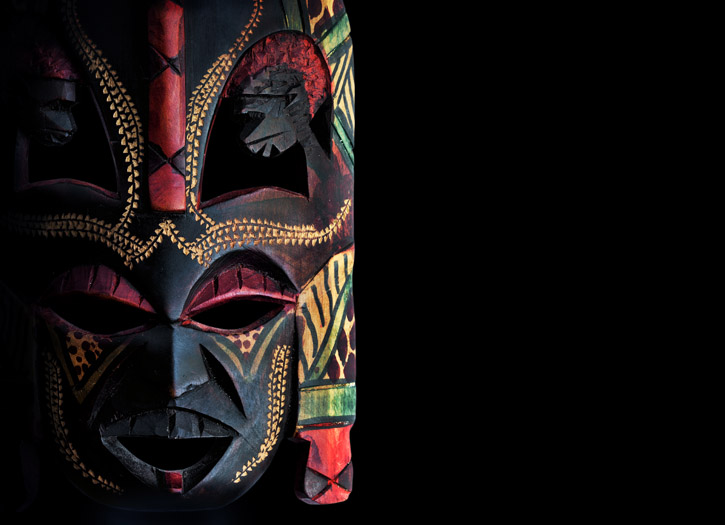
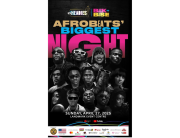
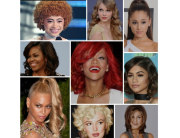
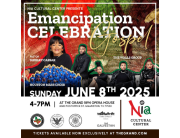
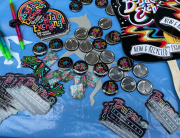

very cool